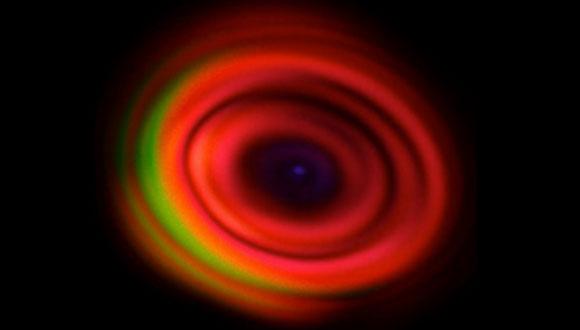LMI Seminar: Extending High Harmonic Generation to the Single Angstrom Level
Prof. James Rosenzweig, UCLA Dept. of Physics and Astronomy
Abstract:
Coherent, ultra-fast X-rays are now an essential tool in science, created at the university lab scale as high harmonic generation (HHG) sources, and at the “big science” scale through free-electron lasers. Accessibility and smaller cost, as well as the natural fs-to-as time scale, make atom-based HHG very attractive, but it is limited to wavelengths approximately > nm. In atomic physics, HHG enables much ultra-fast science, illuminating questions involving imaging of molecular orbitals in real-time, tunneling, wave function evolution in the continuum, electron rescattering, and delocalization. Atomic HHG is enabled by ionization of electrons, their quasi-free motion in the laser field, and subsequent recombination in the atomic core. The more energy given to the electron in its laser-induced oscillation, the higher harmonic that can be excited. To reach the shorter wavelengths, this aspect of the HHG interaction favors long wavelength l laser excitation. Unfortunately, longer l also implies that the quasi-free electron wave-function has time to diffuse, making the atomic HHG ineffective above 5 μm. To extend HHG to hard X-rays, a new idea is discussed — to liberate electrons from a metallic surface, in arrays of blades forming a TEM transmission line (permitting solution of the phase matching issue afflicting HHG), and to induce HHG via interaction with the surface potential upon return. This surface interaction mitigates wave-function diffusion by avoiding use of a point-centered potential. HHG in this scenario, through probing the electron’s interactions experienced upon its return trajectory, is thus ideal for exploring the role of localization in laser-electron interactions, and may yield 1 Å coherent light on the table top. We report experimental progress in development of this idea.


